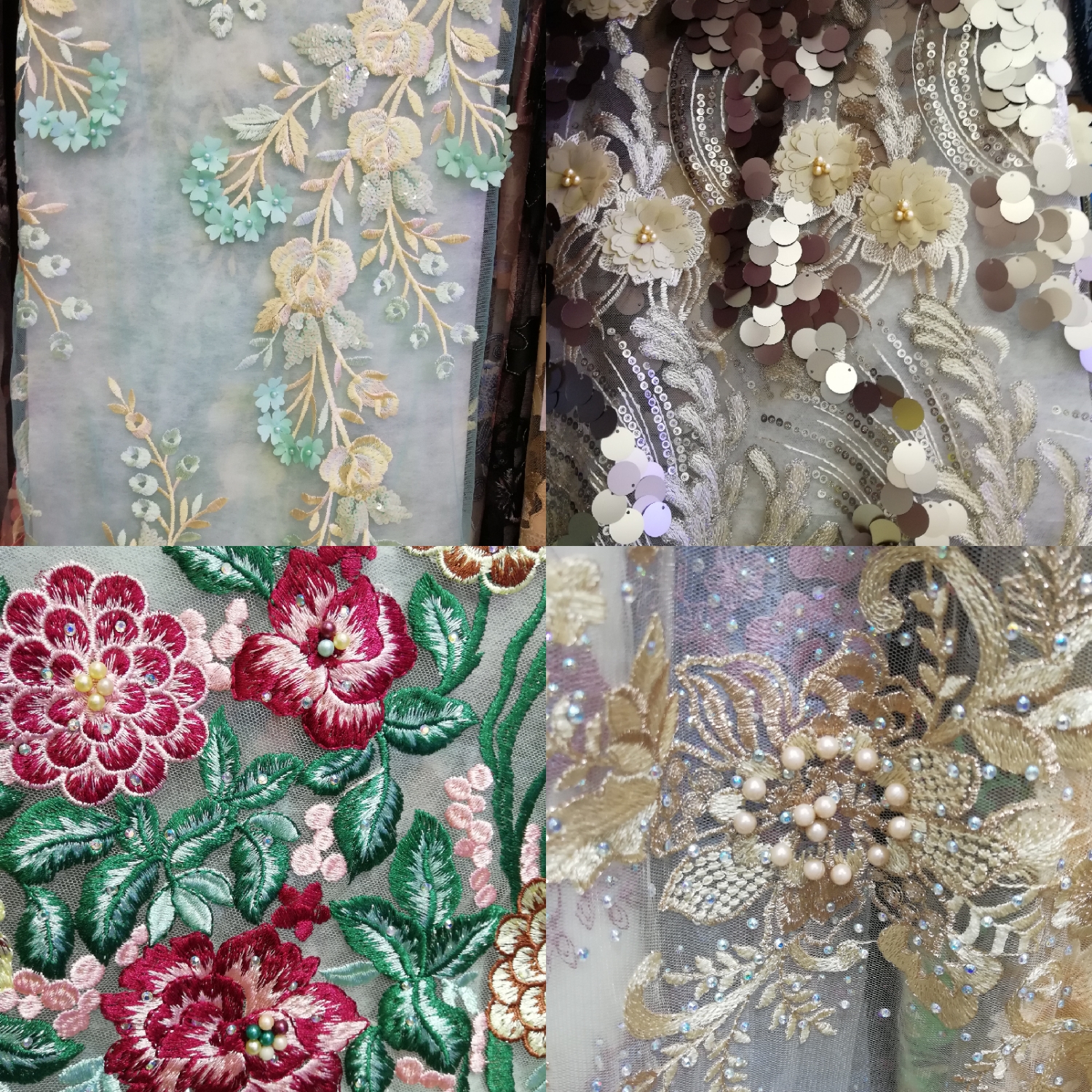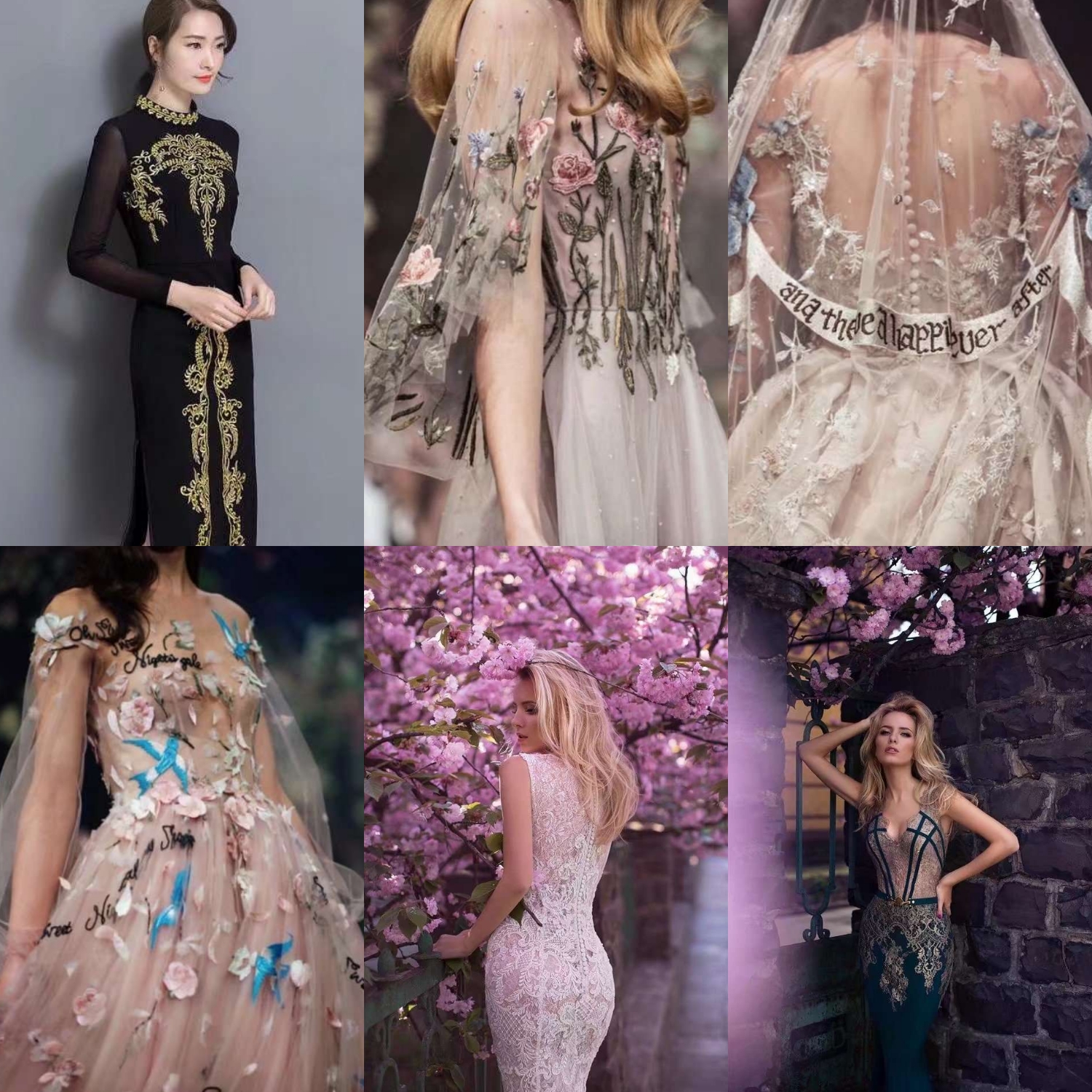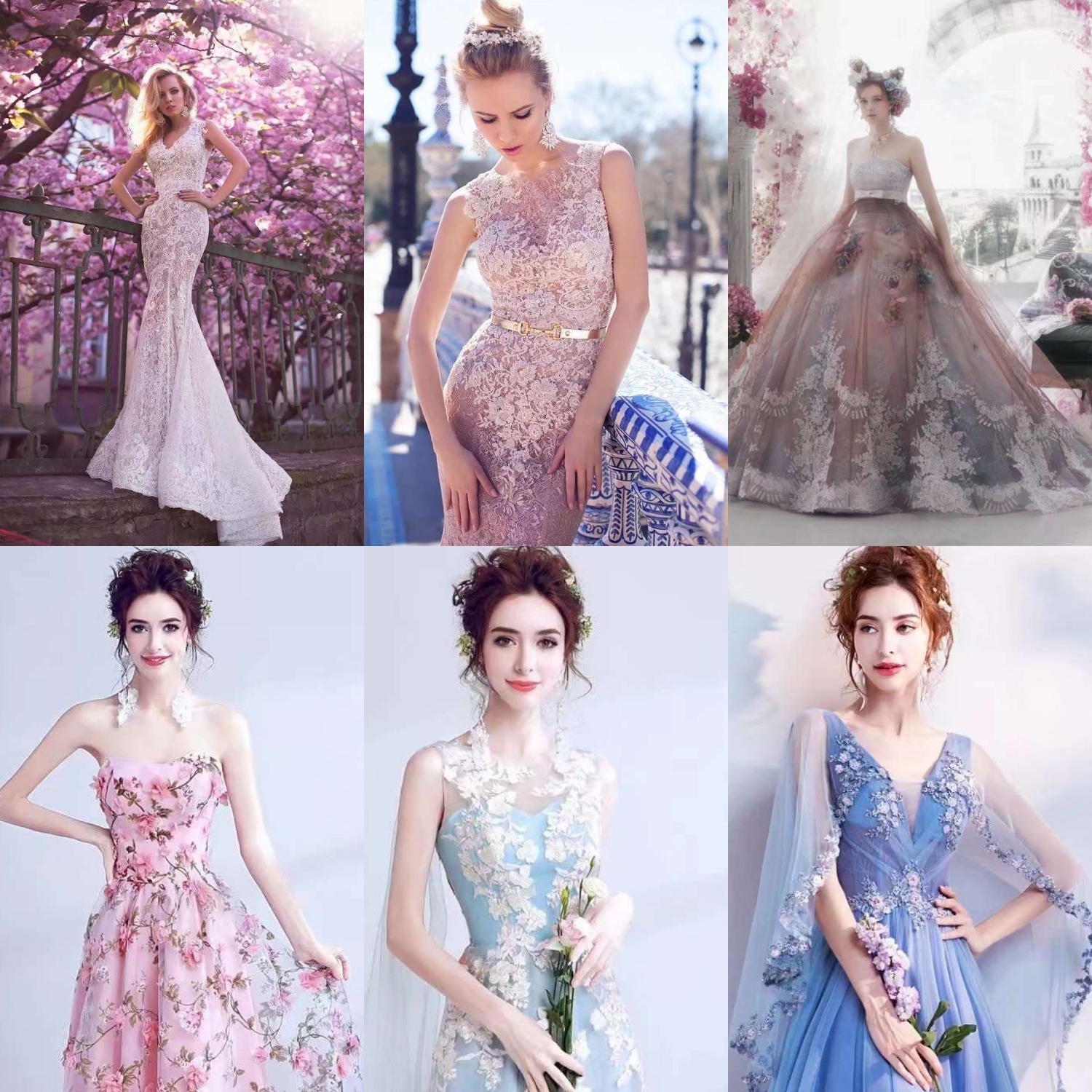Four tips for investing in the Chinese art market
The wise investment in Chinese collectibles has helped those buyers succeed in becoming the most affluent in China. These collectors include Xu Qiming, who ranks 222th in the 2011 Forbes China Rich List with a net worth of 750 million U.S. dollars.
Chinese auction houses in China, such as China’s Guardian, have succeeded in profiting from this, as did the well-known international auction giants Sotheby’s and Christie’s. (The Sotheby’s sold on the New York Stock Exchange is scheduled to be held on October 7 this year. Hong Kong hosts a 20th-century Chinese art auction.)
How to enter the Chinese art market? For more information, China Library’s Chinese reporter recently met with Hu Xin, the vice president of China’s third-largest auction house in China, China Guardian International Auction Co., Ltd. The following are some of the tips and methods that Chinese reporters from the porcelain library learned when talking to her.
Targeting the best artwork
This requires both an in-depth understanding of Chinese art and courage. Hu Tong said that not everyone has the guts of making a decision to make a quick purchase at an auction. Guy Ullens, a Chinese art collector in Belgium, has shown such a spirit. At the auction of China’s Garter in 2002, he paid a total of 2.8 million US dollars to buy a painting of the Song Dynasty. The works, when auction prices for artworks were generally low, the transaction price of 1 million yuan (about 12,000 US dollars) would attract a lot of attention. Ullens sold this song and calligraphy painting for $8.1 million in 2009.
Target a specific topic or artist
A collector’s model: Zhang Zhenyu, he has collected hundreds of paintings with “red themeâ€. In May of this year, he spent another 20 million US dollars to buy a picture of the Chinese modern master Li Keshen's painting - "Lanshan - the sacred place, the former residence of Mao Zedong."
Learn about the supply side.
Hu Hao said that some top artists hold unsold works, and Chinese collectors often own hundreds of paintings, which are all potential new supplies that may depress the prices of collectibles. On the other hand, when demand is high, the supply side does not have much risk. It is said that such powerful Chinese art collectors as billionaire Hong Kong billionaire Liu Xiongxiong and Taiwan’s billionaire Lin Baili have purchased art because of their personal interests rather than buying and selling profits, which also helps to constrain supply.
Beware of counterfeit goods
In the Chinese contemporary art market, counterfeit goods often cause trouble and cause losses. Once a certain artistic style gains support, a large number of counterfeit goods will often appear on the market. However, due to the lack of originality and creativity, these counterfeit goods markets may suddenly collapse after a round of price increases. Hu Jin believes that the most promising Chinese contemporary artists integrate many traditional elements of China with their personal characteristics. He Jiaying is such an artist. He uses Chinese ink and wash to depict modern figures and female nudity.
This year should be particularly cautious in the Chinese art market, because since the end of 2011, Chinese art prices have shown signs of fatigue. Hu Jin pointed out that this is the second time that the Chinese art market has slowed down after the spurt growth in the past decade. In the fall of 2005, due to the increasing supply of art and the fact that the market is full of fakes, the price of art has cooled.
However, Chinese art has always been a good long-term investment choice. Hu Hao said that in the past decade, Chinese paintings have appreciated by an average of 25% each year. Given that the auction houses are competing for customers and the Chinese government has improved the rules and regulations, the supervision and operation of art trade is becoming more and more perfect.
In this context, another strategy for buying art can stand the test of time (and almost universally applicable): Buy what you like on it.
We have our own factory and are dedicated to the manufacture
and wholesales of quality clothing accessories
|
Production Name: |
Embroidery fabric lace |
||
|
Material |
Polyester |
||
|
Payment |
T/T |
||
|
Color |
customization |
Width |
146cm-150cm |
|
MOQ |
500yard |
Delivery time |
About 10-20days after confirming the order |
|
Advantage |
1.High quality with factory price |
||
|
Usage |
Widely used in home textile lace,girls dress lace,skirt lace, |
||
|
Package |
1.20-25kgs per paper roll with strong poly bag outside woven bag. |
||




Embroidery Lace Fabric,Embroidered Lace Fabric,Bridal Lace Trim,White Beaded Lace Fabric
DONGGUAN SHITAI ACCESSORY TEXTILES CO.,LTD , http://www.stsewingcraft.com